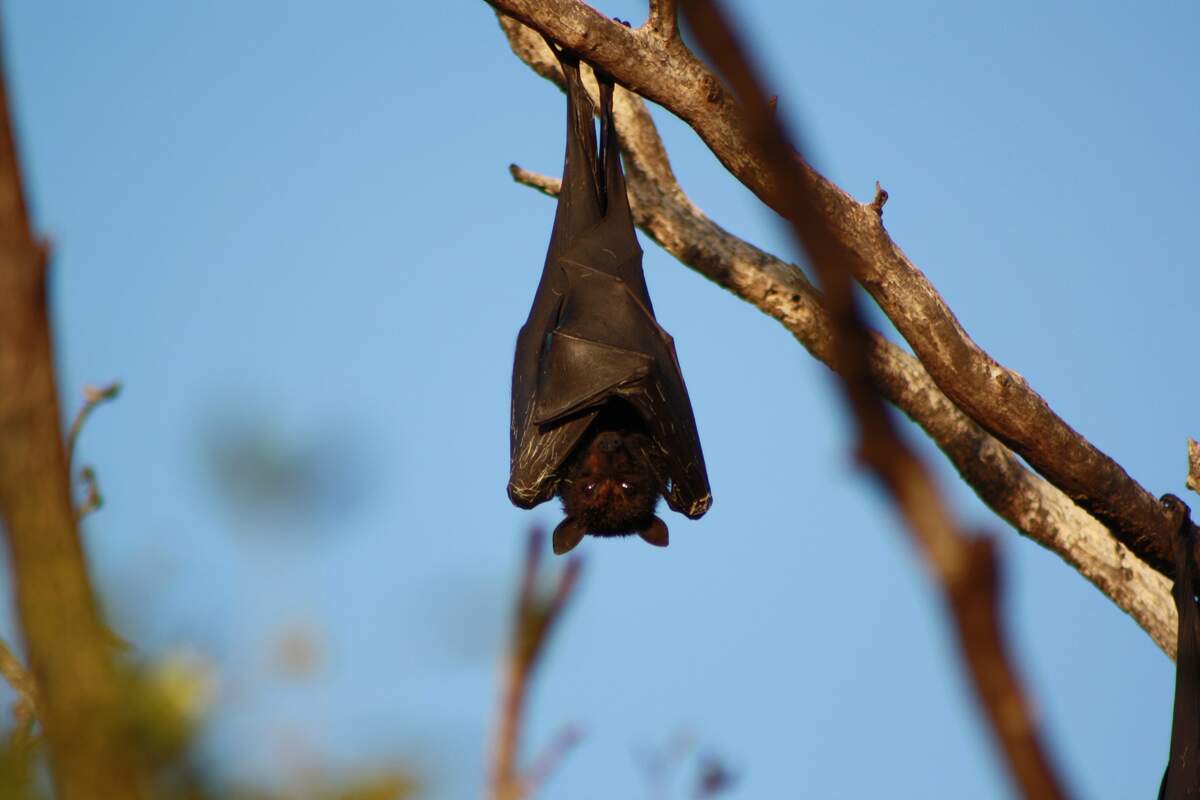

Bat Appreciation Day
Observed
annually on April 17th
Dates
Tags
Awareness & Advocacy
Pets & Animals
Thanks & Appreciation
Hashtags
Sources
http://fnewsmagazine.com/2017/04/april-17-is-national-bat-appreciation-day-so-read-all-a-bat-it/
https://holidayinsights.com/moreholidays/April/bat-appreciation-day.htm
https://www.livescience.com/28272-bats.html
https://www.nature.org/ourinitiatives/regions/northamerica/unitedstates/arizona/top-10-bat-facts.xml
https://www.wikidates.org/wwholidays/bat-appreciation-day-2018.html
Although some people are grossed out by, or afraid of bats, today is not a day to avoid bats, but a day to learn about and appreciate them! Why should they be appreciated? For one, many of them help keep bug populations down by eating them. Some bats can eat 1,200 mosquitoes in an hour, and can consume their body weight in insects in a night! Bats have also historically been important because of their droppings, called guano. Guano is an excellent fertilizer, and once was a very important commodity.
Many bats hibernate during the winter, meaning that April 17 is a fitting time for Bat Appreciation Day, as many are waking up around this time of year. Others that live in the Northern Hemisphere migrate south for the winter. In general, bats like to live in warmer areas near the equator. Bats live almost everywhere, though, except for a few islands, or in Antarctica and the Arctic.
There are at least 900 species of bats, and some experts say there are close to 1,200. This means that bats make up between a fifth and a quarter of the world's mammal population. Bats are also the only mammal that can fly. They are often divided into megabats and microbats. True to their name, megabats are usually larger than microbats, but this is not always the case. Generally speaking, megabats tend to eat fruits and microbats tend to eat insects. Although, one type of microbat is the vampire bat; they live off the blood of other animals such as cattle and deer. They do not suck the blood of their prey, but cut them and lick the blood. Megabats include the world's largest bat, the flying fox bat, which has a wingspan of up to six feet. Old World fruit bats are another type of megabat. The smallest bat is the bumblebee bat. Found in Thailand, it is smaller than a thumbnail.
Of the 40 species of bats in the United States, over half of them are decreasing in population or endangered. They are threatened by loss of habitat, as well as by white-nose syndrome, a disease caused by a fungus. According to the Red List of Threatened Species, there are about 250 species of endangered, vulnerable, or threatened bats around the world. There are less than 200 living Bulmer's Fruit bats, and they all live in one cave.
Bats are nocturnal, and sleep upside down during the day, clinging with their sharp claws. They can live over 30 years and usually reside in colonies of 100 to 1000 bats. Being able to fly about 60 miles an hour, they make 10 to 20 high pitched sounds in a second and listen for echoes. The sounds bounce off objects, helping bats find their way. This is called echolocation.
They usually have one offspring a year, called a pup. Bats mate in late summer and early autumn, and carry their young for 40 days to six months. Mothers can find their babies among many others by identifying their scents and sounds. Baby bats drink their mother's milk just like other mammals.
How to Observe Bat Appreciation Day
Celebrate the day by visiting a bat viewing site. One of the most famous is at the Congress Avenue Bridge in Austin. During the summer it has the largest population of Mexican free-tailed bats in the world. Sometimes 1.5 million live there, meaning more bats are in the city than people at that time. You could also celebrate the day by reading about bats. The Moon by Whale Light: And Other Adventures Among Bats, Penguins, Crocodilians, and Whales includes the essay "In Praise Of Bats." Other writings about bats include The Bat-Poet and "My Life as a Bat" from Margaret Atwood's Good Bones and Simple Murders. You could also read "Bat," a poem by D.H Lawrence.





















